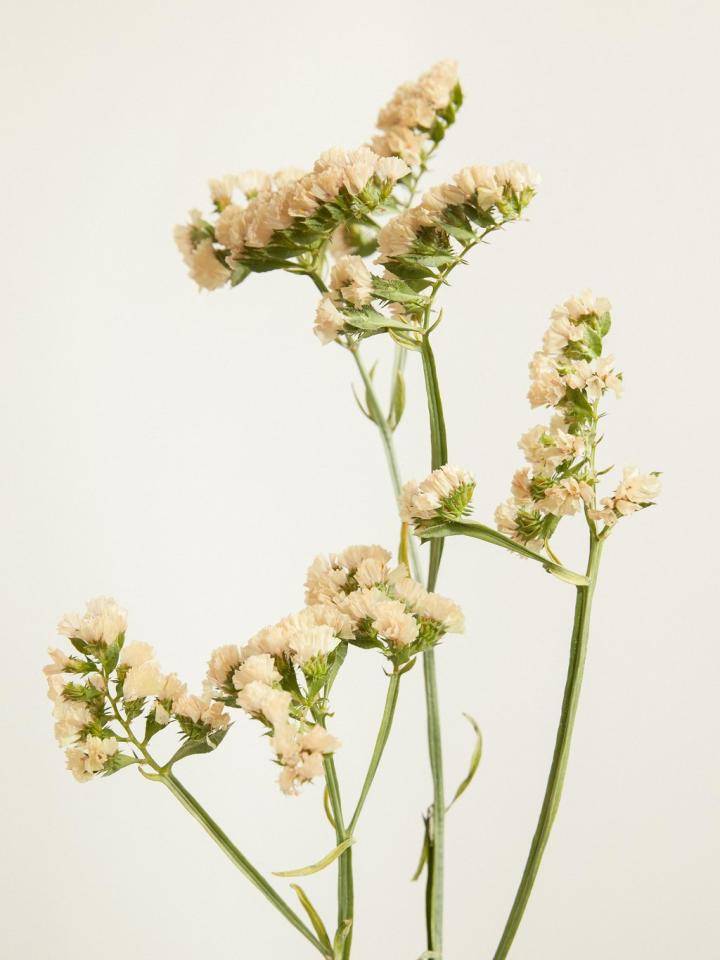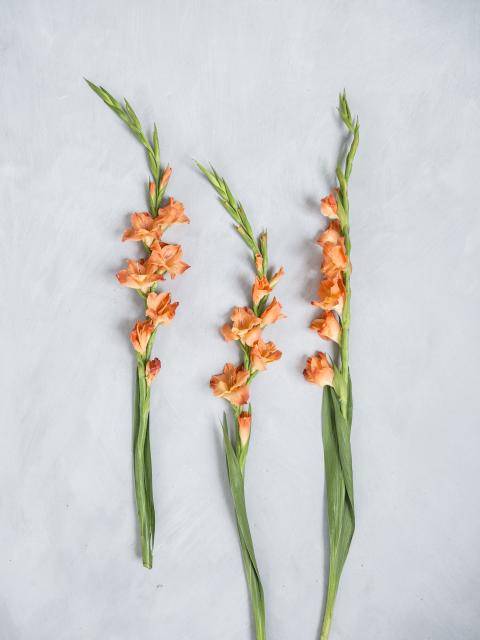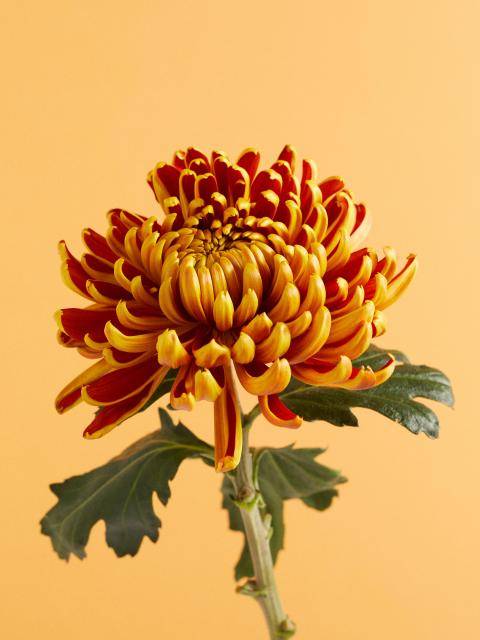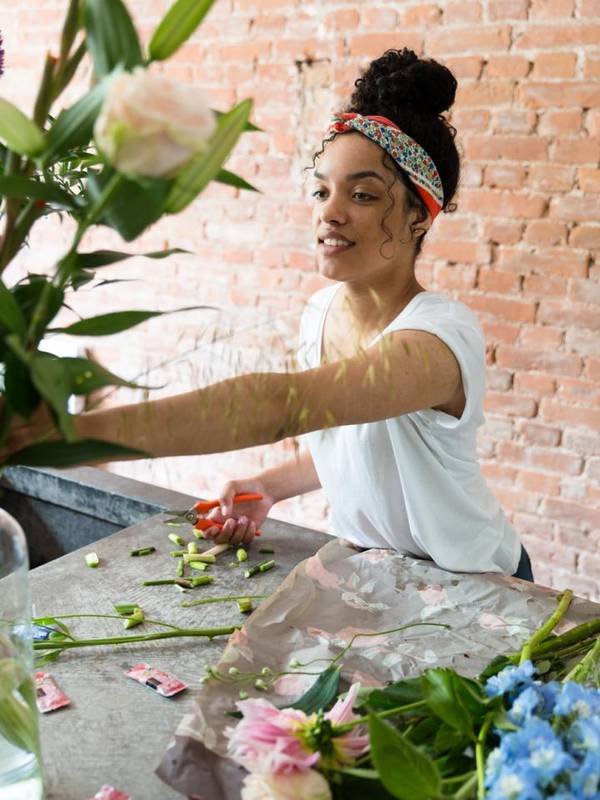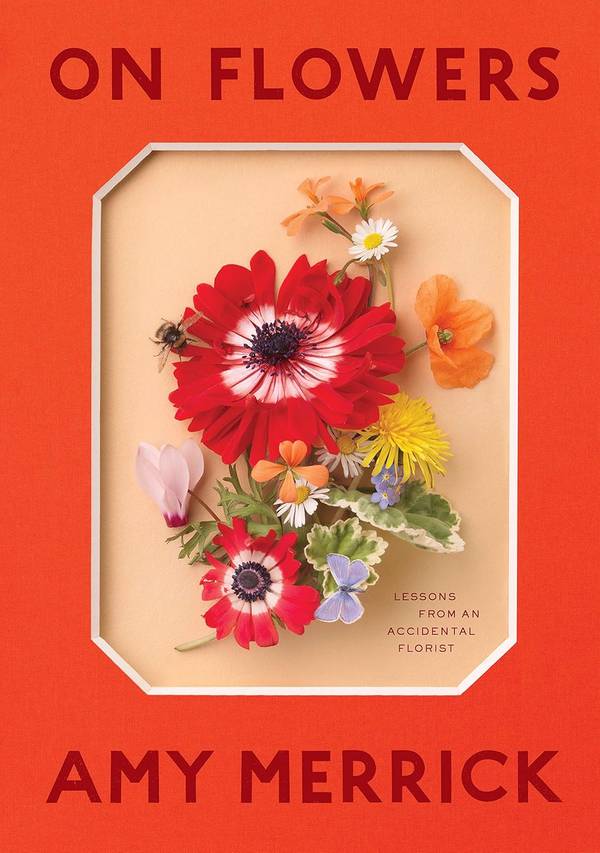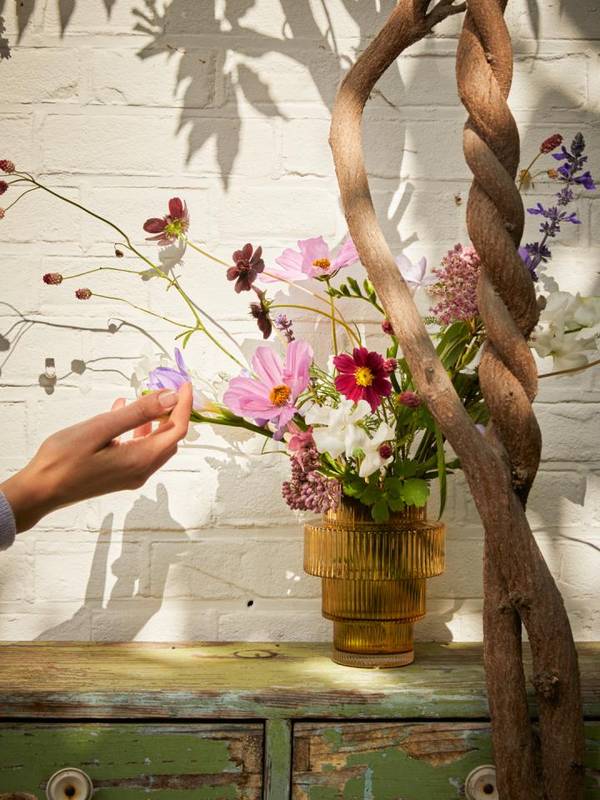
Care
- Remove any excess leaves from the stem, so that they don't hang in the water.
- Don’t place Limonium in a draught, full sun or near another source of warmth.
- Don’t place your flowers near a fruit bowl.
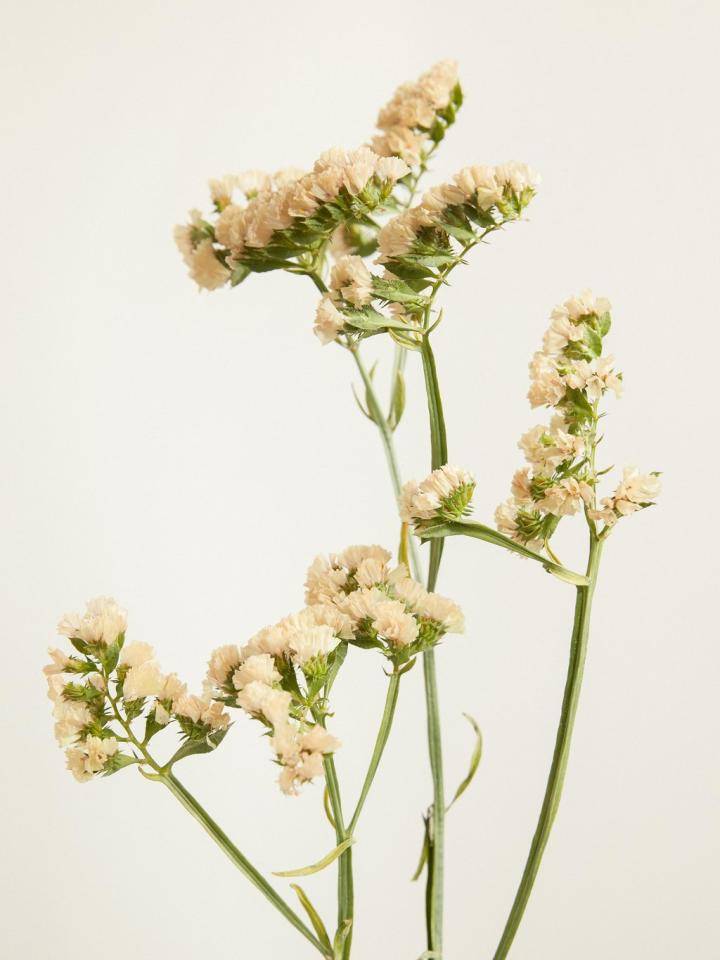
Colours and shapes
The loosely branched, veil-like Limonium is available in white, blue and sometimes also as yellow, lavender, violet, pink and two-tone flowering varieties. The petals are a bit reminiscent of paper. In addition to the well-known species, there are also heavily branched, delicate species available whose branches look like a delicate mist, full of small flowers in shades of gray, blue or purple.
Symbolism
Unfortunately, little is known about the symbolism of the Limonium. However, there are several stories about the leaves being used for medicinal purposes. They are said to help with coagulation and stop bleeding. The daintly petals make this strong, helpful and sweet flower an excellent gift of appreciation for a friend.
Origin
Limonium grows in the wild in the Mediterranean, mainly by the sea. The name Limonium comes from the Green work Leimon, meaning pasture. You can also find the flower under the name statice or sea lavender.
